
The working method of a robot vacuum
Self-learning
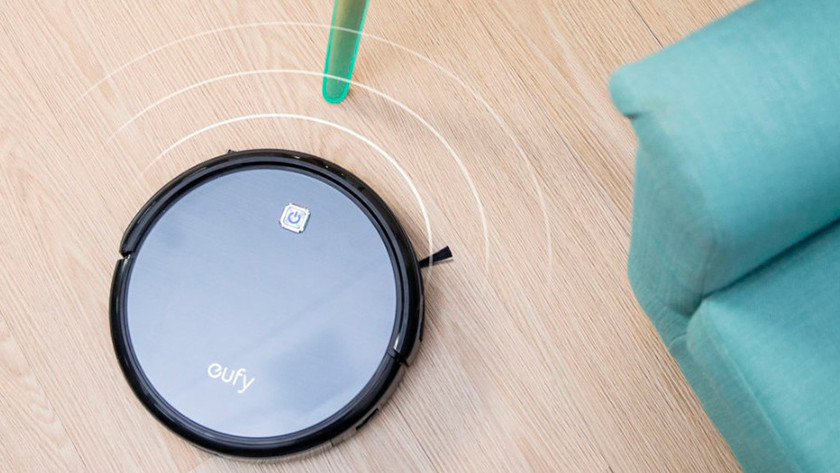
A robot vacuum with a self-learning navigation method has a memory function. That way, it can save the route through the house and remember where obstacles are. The robot has to learn the route first. That's why it may skip areas at first.
GPS chip

A GPS chip is in the robot and uses location services to keep track of the whereabouts of the robot and which route it's taking. To use this navigation method, the robot vacuum needs a good WiFi connection.
Ceiling recognition
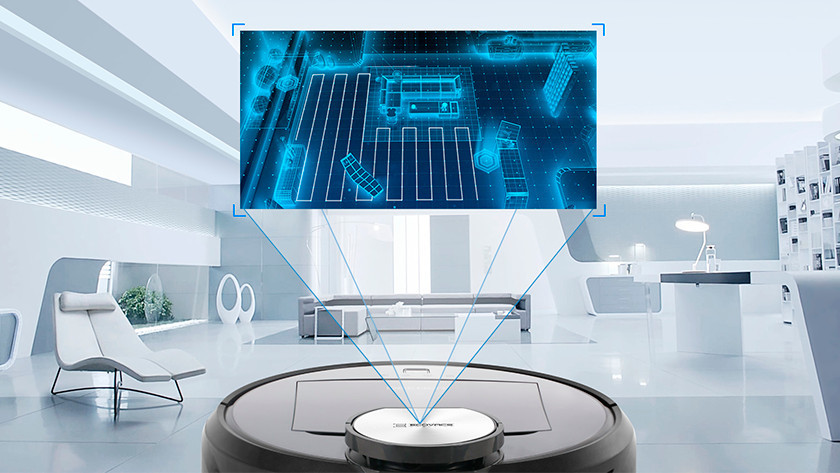
The robot vacuum scans the ceiling and maps out the room. It goes through the room in a systematic way and recognizes obstacles. Most robot vacuums with ceiling recognition save the information. The robot remembers the obstacles in the room that way, so it can drive around them.
Laser
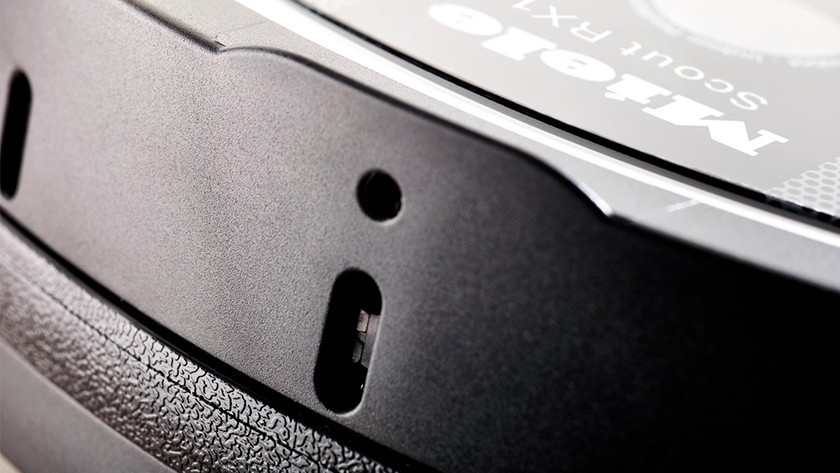
The robot vacuum uses an invisible laser beam to map out the room. This is also how it chooses the easiest route. For example, the robot vacuum uses lasers if the battery runs empty and it's returning to the charging dock by itself. It'll determine the shortest route that way.
Cleaning routes
When the robot vacuum has mapped the room, it drives around the house to vacuum the floor. The robot vacuum can follow different cleaning routes, random and systematic.
Random
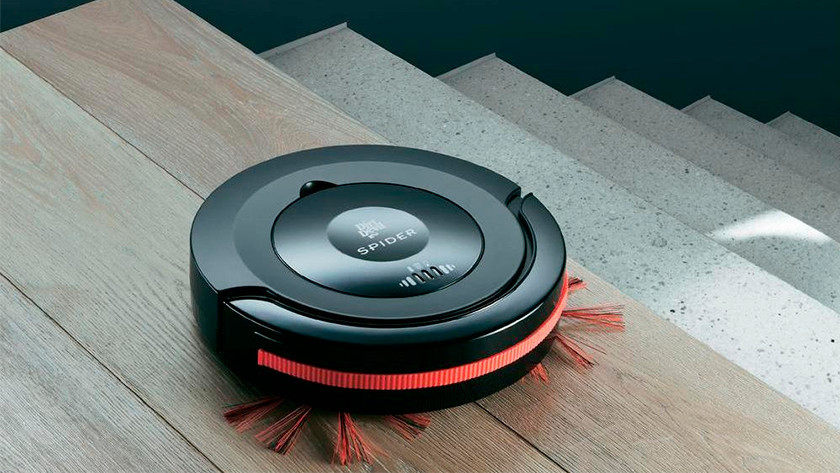
The robot vacuum doesn't have a specific cleaning route and drives around the house at random. These robots are often more affordable. The disadvantage is that it might skip areas.
Systematic
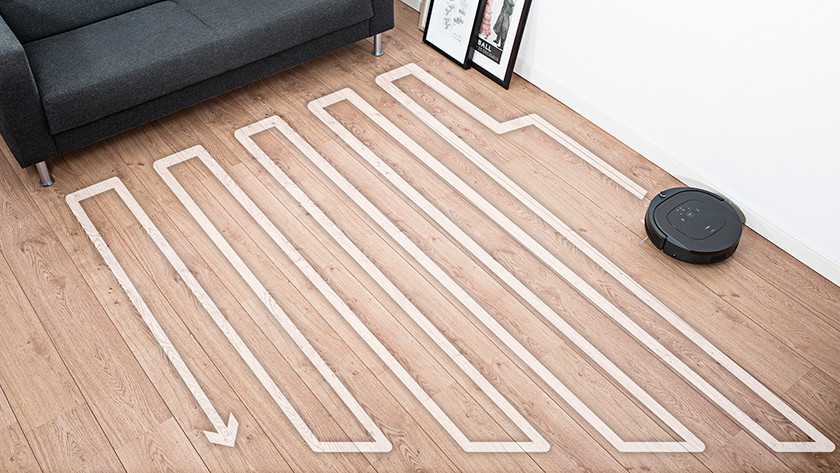
A robot vacuum cleaner works systematically if it zigzags through the house, so it can get everywhere. If you want to be extra sure that the robot vacuum cleaner doesn't skip any areas, you need a robot with a systematic cleaning route.
Suction method
The suction method is the way the robot collects dust from the floor. In most cases, the robot vacuum does so with 2 types of brushes: the center brush and the side brush.
Medium
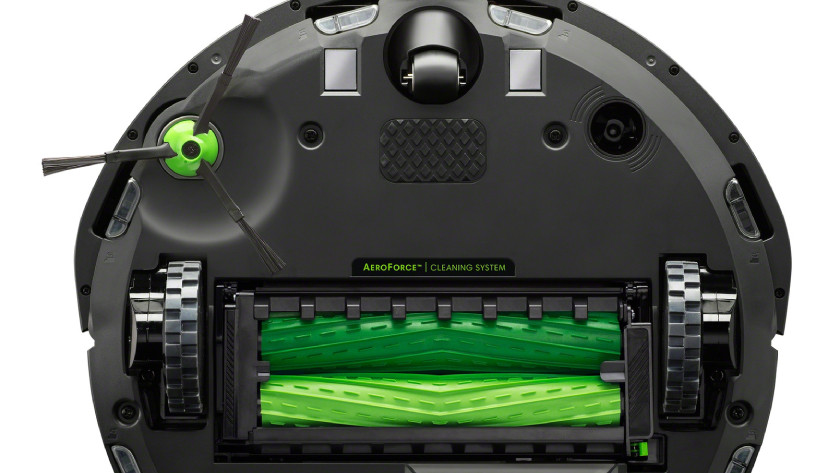
There's a large suction brush in the middle of the bottom of the robot. This causes the robot to collect dirt from your floor. Some robots also have a center brush here. This rotates, which allows the robot to collect dirt better. There are also robot vacuums with a double center brush. These rotate in opposite directions, which allows the robot to collect dirt even better. Want the robot to clean as well as possible? Check the size of the suction brush and the type of center brush.
Side
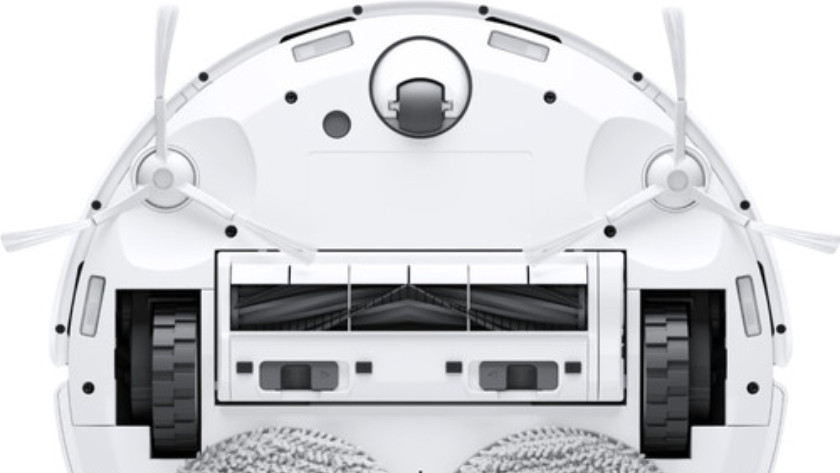
Many robot vacuums have a side brush. This sweeps dirt and dust from the side of the robot to the center. This causes it to end up in the suction brush. This way, the robot vacuum cleans better along baseboards and edges. Some robot vacuums have a double side brush, which allows them to sweep both sides at the same time. At the end of cleaning, other robot vacuums drive around all the baseboards.


